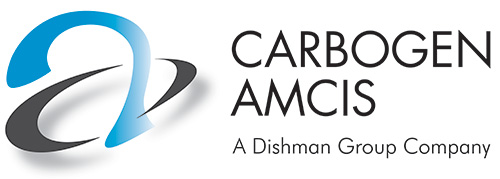The high potency market has seen steady growth in recent times and according to market researcher RNCOS,1 high potency active pharmaceutical ingredients (HAPIs) represent the fastest growing segment in the global API industry. RNCOS estimates this market will reach US$15.3bn by 2017. Such potent active ingredients typically include particular hormones, peptides and cytostatic agents, as well as many new chemical entities (NCEs) that have not yet been completely characterised. Most frequently the compounds are designed for the treatment of cancers, respiratory disorders or hormonal imbalances and the growth has been largely driven by rising demand from the oncology therapeutics market.
Part of this market is being fuelled by the new class of highly potent biopharmaceuticals known as antibody drug conjugates (ADCs), many of which (more than 100, according to market researcher Roots Analysis2) are at the preclinical stage or are just entering clinical trials. It is estimated that by 2023, the market for ADCs could be worth around $9bn (£5.75bn).

